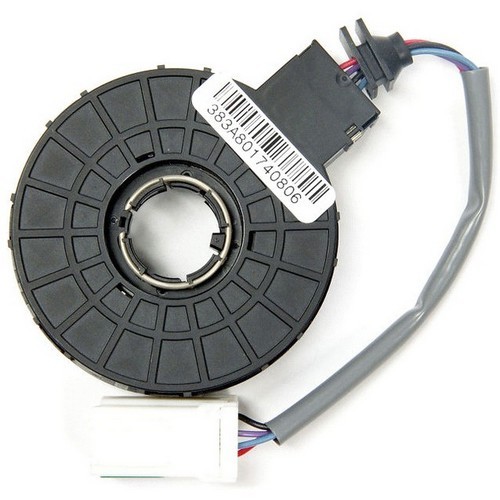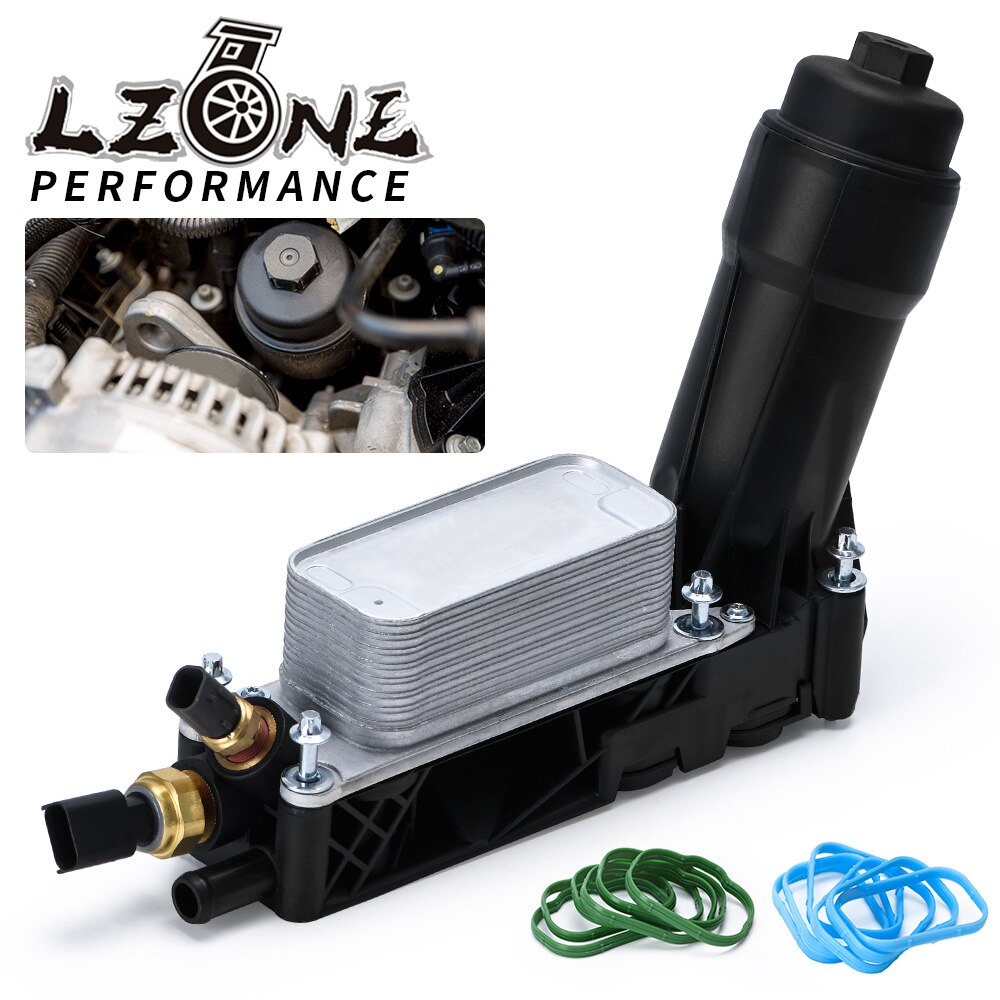
Symptoms of a Faulty or Faulty Steering Angle Sensor
Content
Common symptoms include a traction control light coming on, a feeling of looseness in the steering wheel, and a change in vehicle movement after the front end is leveled.
Technology drives innovation, especially in the automotive industry. In the past, when a driver had to make an immediate aggressive decision to avoid a crash, he had to rely on talent and a bit of luck to keep the car under control. In recent years, auto manufacturers working with automotive safety experts such as SEMA and SFI have developed advanced stability control systems that help the driver maintain control of the vehicle during evasive manoeuvres. One of the most popular types of devices on a modern car is known as a steering angle sensor.
The steering angle sensor is a component of the Electronic Stability Program (ESP). Each manufacturer has their own name for this advanced safety system, some popular ones being AdvanceTrac with Roll Stability Control (RSC), Dynamic Stability and Traction Control (DSTC) and Vehicle Stability Control (VSC). Although the names are unique, their main function and the individual components that make up the system are almost identical. The steering angle sensor is one of the monitoring devices located near the front suspension or inside the steering column. In years past, this device was analog in nature, measuring the voltage changes generated by the steering wheel and relaying that information to the car's ECU. Today's steering wheel angle sensors are digital and consist of an LED indicator that measures the steering wheel angle.
This component is designed to last the life of the vehicle. However, like any other sensor, the steering angle sensor can wear out or fail completely due to a variety of factors beyond the control of most vehicle owners. When it breaks down or slowly starts to fail, it will exhibit several common warning signs or symptoms. The following are some of the common signs of a damaged, faulty, or malfunctioning steering wheel angle sensor.
1. Traction control light comes on
In most cases, when there is a problem with the electronic stabilization program, an error code is triggered, which is stored in the car's ECU. This will also turn on the traction control light on the dashboard or dashboard. When the traction control system is on, this indicator does not come on as it is usually the default position that the driver must manually turn off. When the steering angle sensor fails, a fault indicator appears on the instrument cluster to alert the driver that the electronic stability control system is disabled and requires service. In most cases, this warning light will be the traction control warning light on most domestic and imported cars, trucks and SUVs.
With the traction control light on when the system is active, it is important that you contact your local ASE certified mechanic so they can download the OBD-II error codes and determine what problem exists that could affect your vehicle's handling and safety.
2. The steering wheel dangles and has "backlash"
Since the steering wheel angle sensor is designed to monitor actions and signals coming from the steering wheel, it can sometimes send false information to the ECM and create a potentially dangerous situation. When a sensor is faulty, misaligned, or damaged, the information it reads and sends to the vehicle's on-board computer is incorrect. This can cause the ESP system to make steering or adjustments at the wrong time.
In most cases, this results in a "loose" steering wheel condition where steering effort is not compensated by vehicle movement. If you notice that the steering wheel is loose or the steering is not responding properly, have a mechanic check the ESP system and fix the problem quickly.
3. The car drives differently after the front wheel alignment
Modern steering wheel angle sensors are connected to several points in the steering system. Because camber is designed to align the front wheels with the steering wheel, this can cause problems with the steering angle sensor. Many body shops often forget to reset or adjust the steering angle sensor after service is complete. This may cause the symptoms described above such as the traction control light, check engine light to come on, or affect the vehicle's handling.
Full steering control is essential to the safe operation of any vehicle. Thus, if you notice any of the problems described in the information above, please contact one of our professional mobile mechanics from AvtoTachki. Our team has the experience and tools to diagnose your problem and replace the steering angle sensor if that is the cause of your problems.
